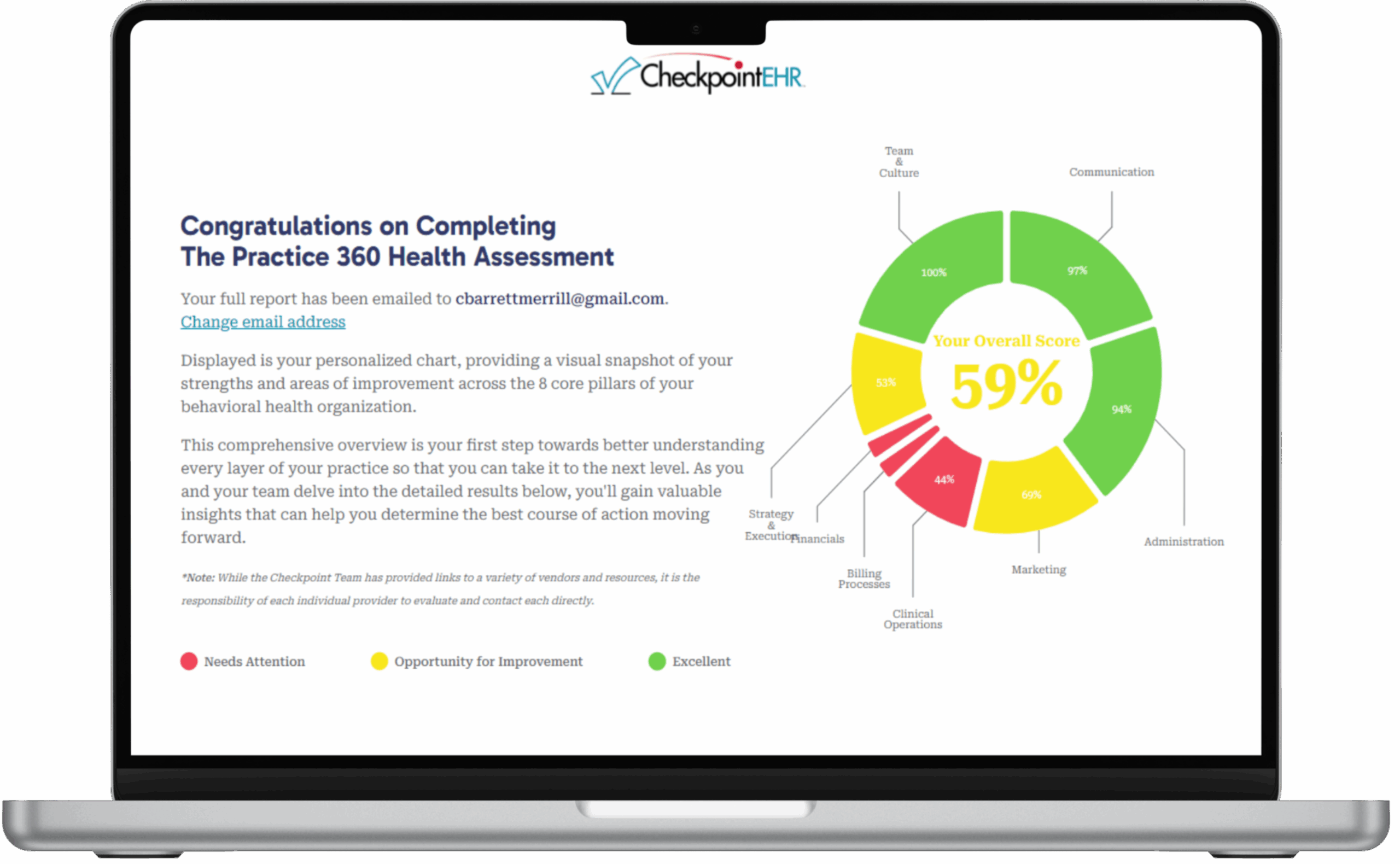The Difference Between MIPS and APMs

Beginning in 2019, doctors will need to choose between MIPS and APMs for Medicare payments, and the choice they make can have financial implications. Health care providers should start acquainting themselves with the difference between MIPS and APMs, as they need to start implementing changes if they are to be paid under one of the new systems.
The Difference Between MIPS and APMs
MIPS stands for Merit-Based Incentive Payment System, while APM stands for Alternative Payment Model. Health care providers need to begin the verification process this year, and the first payments under these systems will be made in 2019.
Both MIPS and APMs are processes that use value-based payment models. Their purpose is to give health care providers incentives to improve patient care and service quality while keeping costs under control. There are factors other than the difference between MIPS and APMs that may affect a provider’s choice.
Understanding MIPS
MIPS is essentially a streamlined program that is based on existing programs. These include the Physician Quality Reporting System, the Medicare Electronic Health Record Incentive Program and the Value-Based Payment Modifier.1 These are all now grouped under the title Quality Payment Program.
Providers’ performance will be measured under four categories, namely quality, costs, the use of certified EHR and improvements in clinical practice. Each category is weighted, and providers will receive a score of between 0 and 100. This score will then be used to adjust payments.
For 2017, the quality component is weighted at 60 percent, cost at 0 percent, use of EHR at 25 percent and clinical practice improvements at 15 percent. The latter two categories will remain at those percentages until 2019. Quality will reduce to 50 percent in 2018 and 30 percent in 2019, while the cost category will increase to 10 percent in 2018 and 30 percent in 2019.
What are APMs?
The Advanced Alternative Payment Models program includes some demonstration programs, ACOs, the Medicare Shared Savings Program and the initiatives introduced by the Centers for Medicare and Medicaid Services Innovation Center, with the exception of the Health Care Innovation awards.2
Providers who want to be paid using APMs will be bound by law to accept financial risk. Furthermore, they will need to be able to show that they can deliver better quality without additional cost, or that they can reduce costs without adversely affecting quality. Providers will also need to show that a large portion of revenue comes from an APM.
While the difference between MIPS and APMs is clear, it is noteworthy that the quality measures applied from providers using an APM are similar to the ones used under MIPS. Providers using APMs must, like those using MIPS, implement the use of EHR technology.
The primary difference between MIPS and APMs is that choosing APMs exposes providers to greater financial risks, but it also has the potential to deliver greater financial rewards. There are financial incentives applicable under APMs related to the level of financial risk undertaken by the provider and the quality of care provided.
You can get more information on MIPS on the Centers for Medicare and Medicaid website.1 To find out more about APMs, check the information on the ASCRS website.2



